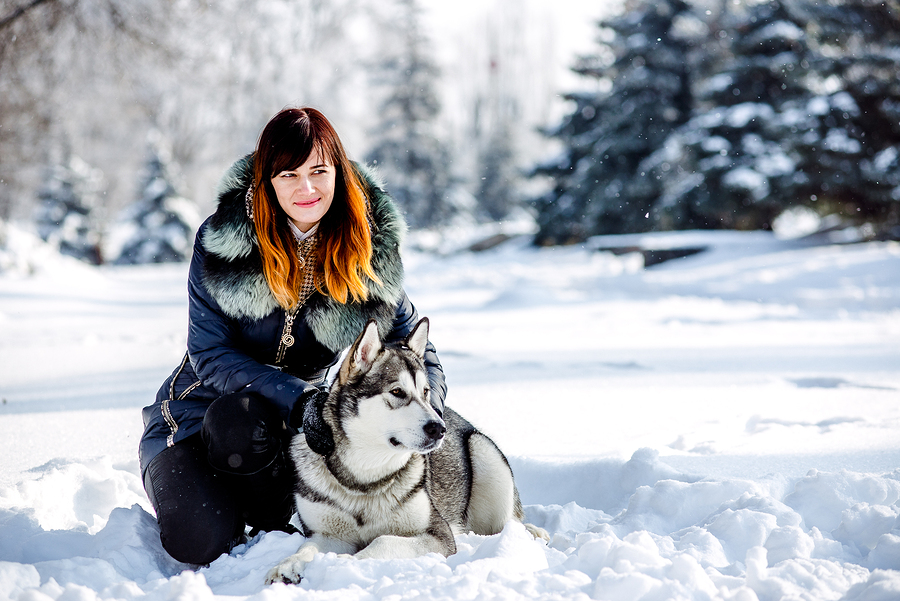
Unless you live in a balmier region, you must have felt the cold chill of winter arrive. While you may find winters to be a pure nuisance, others might see it as a jolly time full of fun activities like skiing and snowboarding. Regardless of your viewpoint on winters, one thing that stays the same with all of us pet owners is taking extra care of our little babies. If you have an emotional support dog that you wish makes the most of this winter time, follow these tips to ensure its health throughout the season:
 Does your emotional support dog like to hang out in the backyard too much? You might want to keep him cozy indoors, especially if it’s bitter cold outside. Unless your dog has a higher resistance to winter, such as a Samoyed or husky, you should not leave it outside for long periods. Find ways to entice him into staying indoors with the help of treats or his favorite movie.
Does your emotional support dog like to hang out in the backyard too much? You might want to keep him cozy indoors, especially if it’s bitter cold outside. Unless your dog has a higher resistance to winter, such as a Samoyed or husky, you should not leave it outside for long periods. Find ways to entice him into staying indoors with the help of treats or his favorite movie.
Even if your emotional support dog is naturally blessed with a thick and warm fur coat, consider this: would you be able to stand the harsh winter chills with a fur coat alone? If not, be reasonable and dress your dog in dry, warm clothing. If he likes to stay outside too much, you can build for him a draft free, warm shelter which is also compliant with any applicable state laws.
 Since the body uses more energy to keep warm in colder months, outdoor animals like dogs tend to eat more. Similarly, fresh, running water is also important for the health of your emotional support dog. Keep a close check on the water bowls and make sure they have not become frozen chunks of ice that your poor dog has to lick and hurt its tongue.
Since the body uses more energy to keep warm in colder months, outdoor animals like dogs tend to eat more. Similarly, fresh, running water is also important for the health of your emotional support dog. Keep a close check on the water bowls and make sure they have not become frozen chunks of ice that your poor dog has to lick and hurt its tongue.
Frostbite and hypothermia are two of the most common winter conditions that can greatly put the health of your dog at risk. Frostbite begins when the body starts to get cold and pulls all the blood to the center to stay warm. This can result in the dog’s paws, ears or tail becoming so cold that it can lead to the formation of ice crystals in the tissues and damaging it. The worst part is that frostbite is not all that obvious. So, look out for symptoms, such as grey, pale, hard or cold skin.
Hypothermia occurs when your dog spends too much time out in the cold or gets wet in the cold. Mild case symptoms of hypothermia include shivering, feet and ears becoming cold, lethargy, depression, and weakness. As the condition becomes more serious, your dog’s muscles will start stiffening and heartbeat will slow down. Severe hypothermia can be fatal so make sure you keep your dog warm and indoors as much as possible.
Cold and dry weather can cause various kinds of damage to your pet’s skin. To avoid its skin from becoming dry and flaky, add a coat and skin supplement to its food. Fish and coconut oils are easily available foods that will keep your dog’s coat shiny and healthy. If you find that your emotional support dog’s ears, paws or tail is cracking or dry, you can apply coconut oil or other moisturizers designed especially for dogs topically as needed.
Following the above tips will ensure your emotional support dog stays healthy during the winter season.